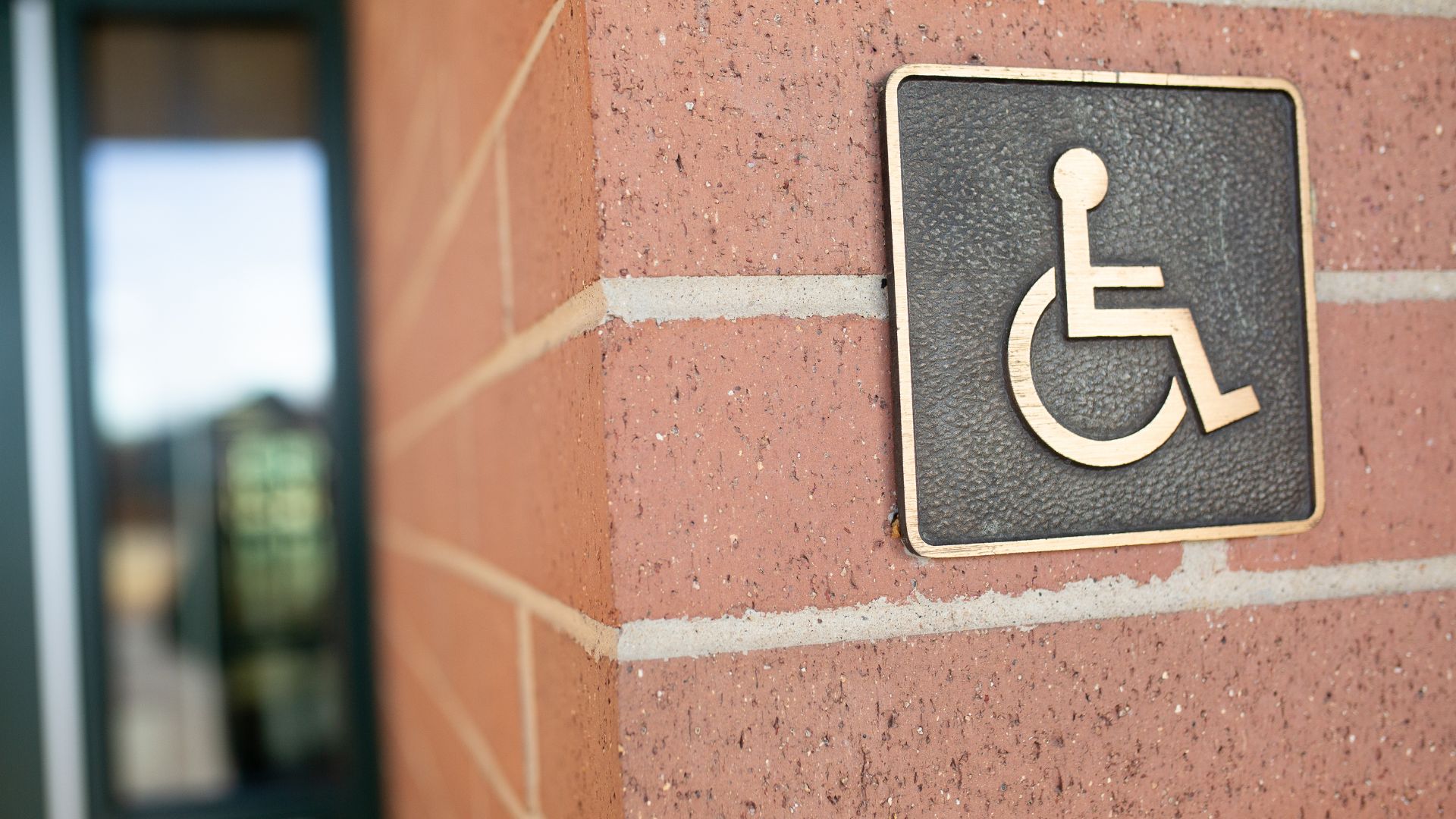

When navigating a lease agreement as a tenant, it’s essential to be informed of all negotiated business terms. And understanding what provisions to prioritize during negotiations can set your company up for a more successful lease term.
An important provision to consider is the ADA compliance provision . The Americans with Disabilities Act, or ADA, requires anyone owning, leasing, or operating a place of public accommodation to ensure that it complies with ADA guidelines.
To make a commercial lease ADA compliant, the provision addresses how the parties involved in the agreement will comply with the ADA, and who is responsible for the cost of an associated lawsuit, should it arise.
Read on to learn more about the ADA provision, the requirements for commercial real estate, and why you should prioritize it as a tenant.
This post is part of a series on lease provisions. To view other similar articles, click on the headlines below:
The ADA provision of a commercial lease agreement guarantees accessibility in buildings and public properties for people with disabilities by setting forth specific requirements for existing buildings. The ADA provision may also disallow certain elements of new construction. Check your lease for any language regarding “ADA compliance”, similar to the excerpt below.
 ADA compliance excerpt" width="1862" height="556" />
ADA compliance excerpt" width="1862" height="556" />
Source: Law Insider
To determine whether a space is ADA compliant or not, the tenant or CRE broker may work with an architect to review the building. When planning a building’s redesign, the architect ensures the space is ADA-compliant.
ADA has specific requirements that apply to both existing and renovated commercial properties. For example, if you lease or purchase a building that is not in compliance with ADA, you may be required to update it.
Funding the upgrades may be your responsibility as a tenant or may fall under the landlord who owns the building. When planning your upgrade, keep in mind you may need to :
As a tenant, you may come across unfamiliar provisions in a lease agreement. Taking the time to learn about the ADA provision can help you when it comes time to negotiate business terms. Below, we provide reasons you should make the ADA provision a priority.
Prioritizing the ADA provision helps break down barriers for disabled individuals. Making your property more accommodating to people with disabilities allows for greater accessibility for all employees and customers.
It is important to determine which parties are responsible for complying with ADA requirements since one party will need to pay the associated costs. Your commercial lease should include clear language about the responsibilities of the landlord and tenant .
Failing to follow ADA building compliance can result in financial penalties of up to $75,000 for a first-time offense and $150,000 for a second violation.
Wheelchair users or people requiring accommodations who are not able to use your space can file lawsuits against the property . Without explicit language in your lease, it will be unclear whether the landlord or the tenant is at fault.
ADA requires buildings to adhere to basic accessibility standards so people with limited mobility can safely navigate public businesses.
For example, Title III of the ADA calls for “barrier removal” for existing structures and prohibits new construction that impedes access. Other renovations may include installing ramps, adding disabled parking spaces, widening doors, and changing carpeting.
As a tenant or owner of CRE, prioritizing the ADA compliance provision when negotiating transactions could help you avoid lawsuits, understand who bears financial responsibility, and accommodate your space to all who use it.
When you subscribe to our blog, you’re signing up to receive weekly industry updates delivered straight to your inbox from our commercial real estate experts. Topics include advice and opinions on the state of the industry, market reports, and Allegro team updates.